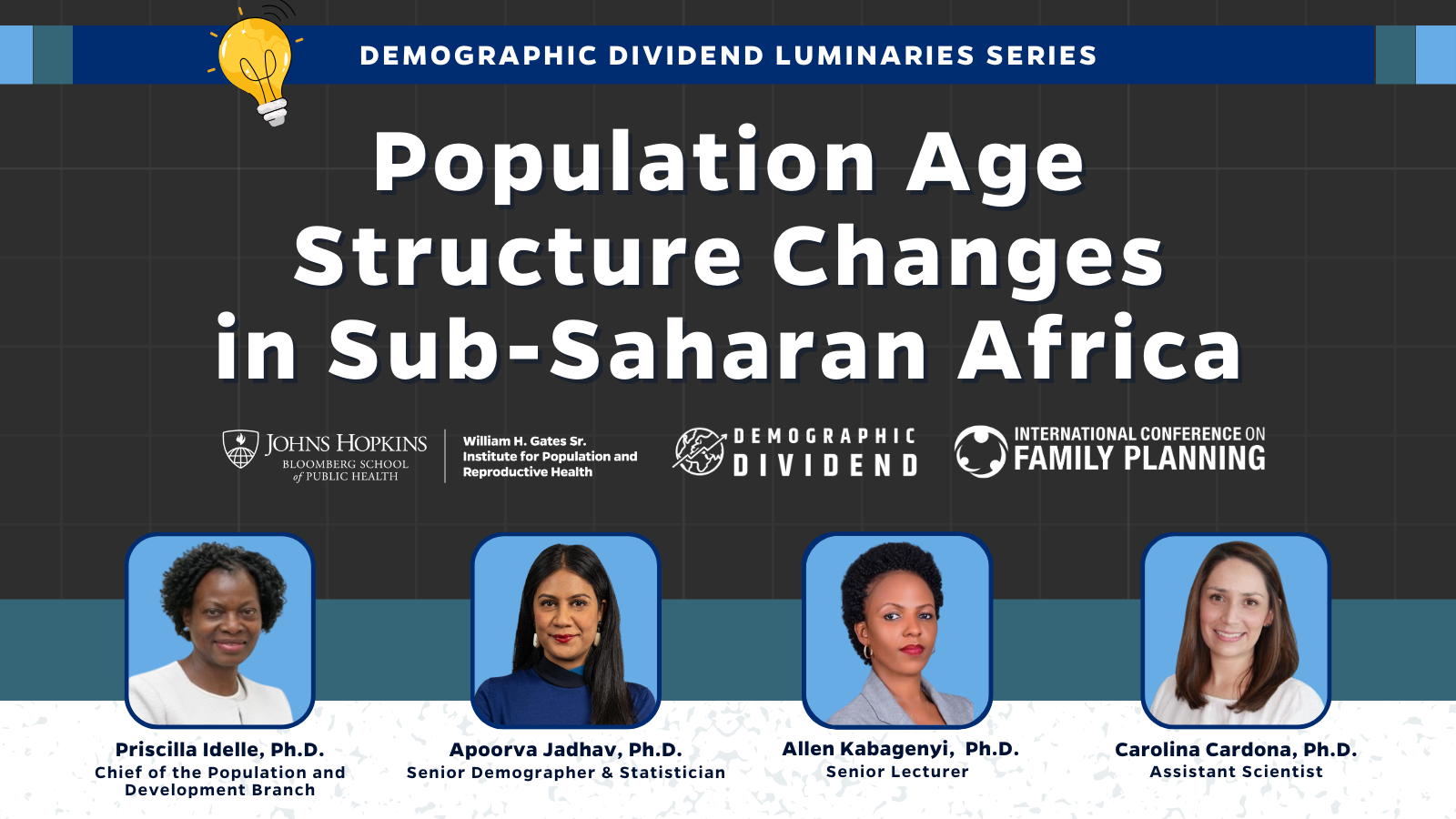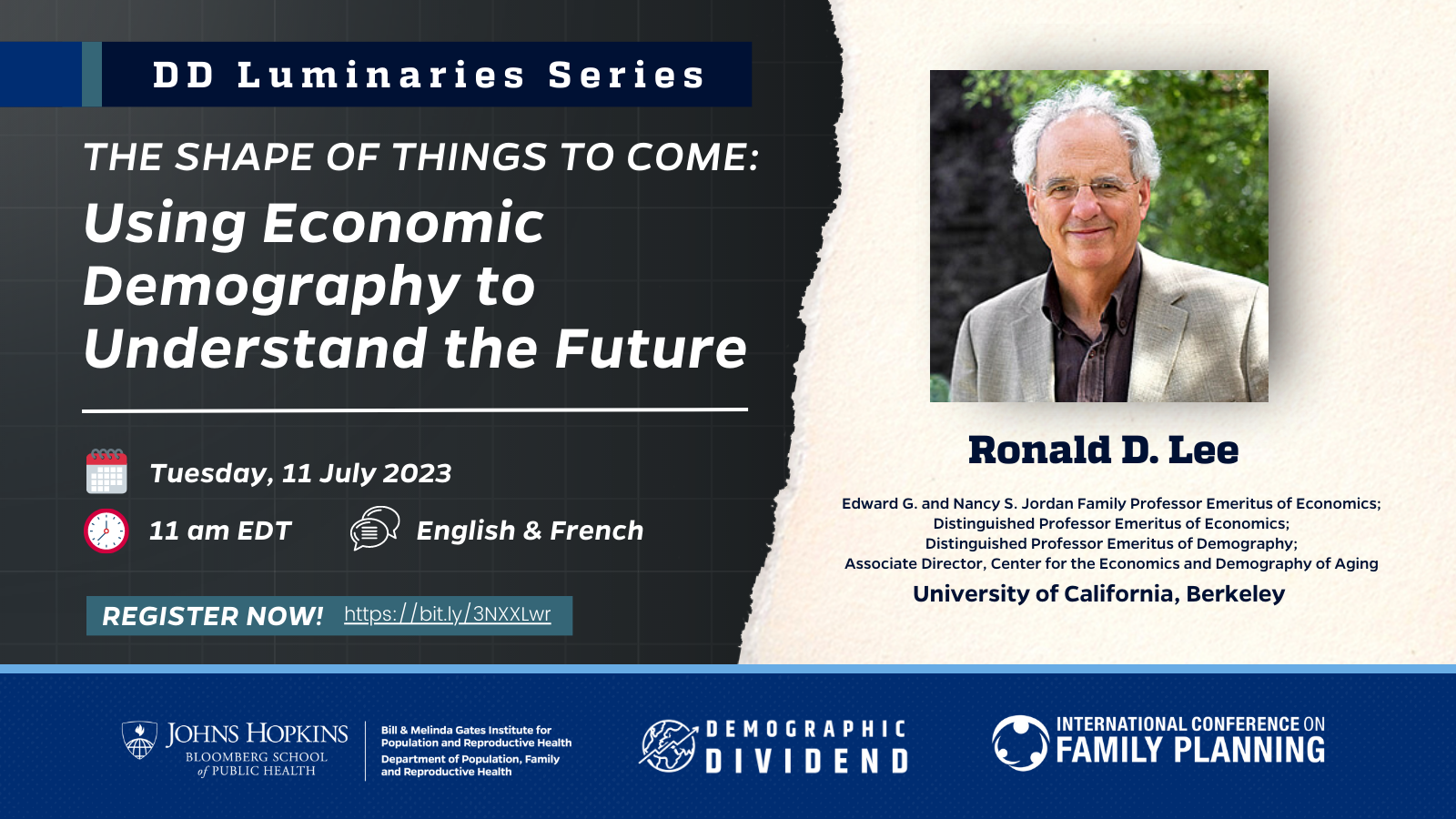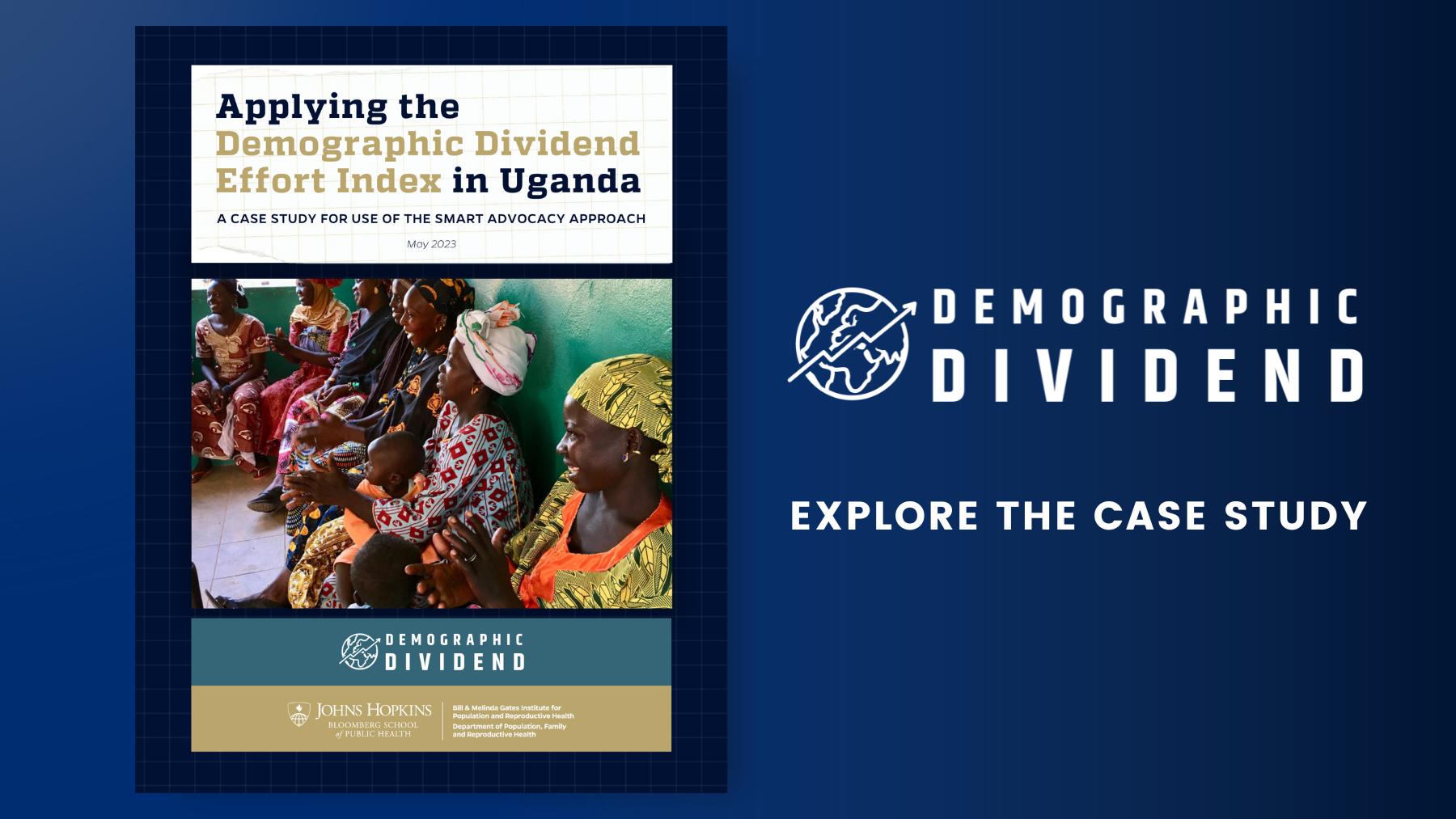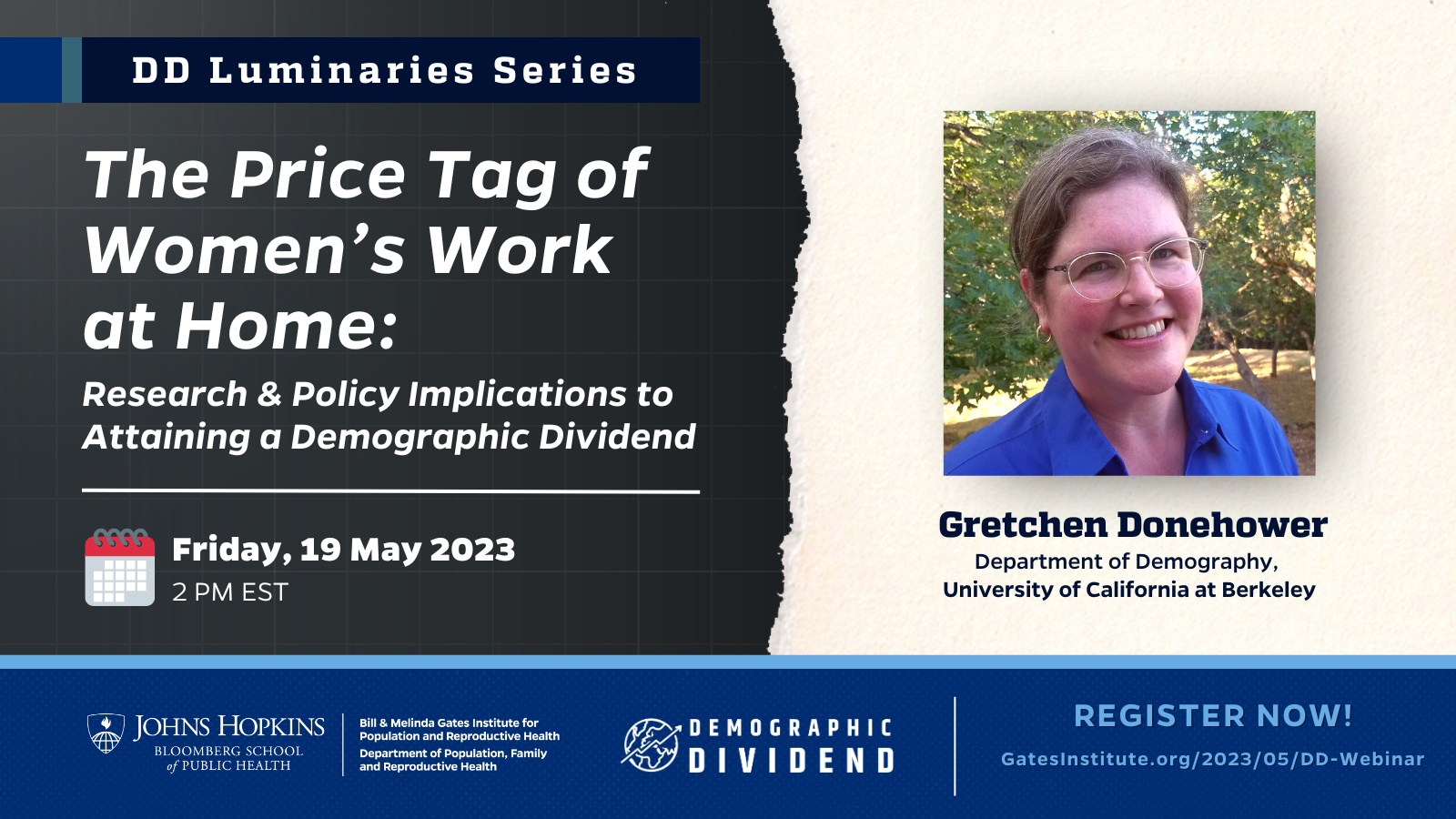Cultivating the Demographic Dividend
Two decades after its inception, the debate on demographic dividends has come to oppose two contending views. On one side are the ultra-skeptics who dismiss dividends on ideological, methodological or empirical grounds. These skeptics view dividends as disguised Malthusianism or an untestable idea, or at least a promise that has so far failed the ultimate test of creating new success stories à la Asian Tigers. On the other side are the super-enthusiasts who have grown more sanguine over time. The scope of dividends, they argue, is broader than initially imagined—it extends beyond a short-term boost to the economy; its effects ripple far and wide, boosting sectors such as health, education and political stability, and spilling over the next generation.
Bridging these two extremes is a middle-ground position, which sees dividends as strongly contingent on policies. This position is not new. It was staked by early dividend theorists, yet it gained little traction so long as it remained vague about the exact policies required. With only vague references to “appropriate policies,” planners have little guidance in sifting through the laundry list of possible interventions. As a result, there is now a real risk that demographic dividends become a mere buzzword stretched beyond recognition and simply co-opted as ideological cover to justify pre-existing policy preferences.
To be clear, there is some guidance on broad principles to produce a dividend. What we need, however, is greater specificity on programs. At a minimum, we must identify promising interventions. Most fully, we must show how these programs help achieve the full scope of dividends, including how dividends may spill over to multiple sectors and into the next generation. We propose such a framework.
Cultivating the DD Generation

The core idea in our framework is to “cultivate the dividend generation.” Compared to existing formulations to “reap” or even “harness” the dividend, this idea innovates in two ways: first, it emphasizes the need to plant a seed and monitor its growth (invest and carefully monitor the production of dividends), rather than simply harvesting or using it. Additionally its people-focus draws attention to key agents who will generate this final product.
Concerted cultivation: In Lareau (2003), concerted cultivation refers to a strategic parenting style deliberately aimed at building children’s cultural and social capital. This intensive parenting is ultimately designed to foster social mobility by systematically incorporating extra-curricular in children’s daily lives. Transposed to the realm of national development, it calls for a strategic upbringing of youth that builds their ‘development capital,’ turning them into capable agents of national development.
The UNFPA’s 3E: The United Nations Fund for Population coined this acronym to highlight the importance of “Education, Employment and Empowerment” as three cornerstones for boosting prospects of a national dividend. We broaden the UNFPA’s concept in three ways.
- With respect to education, we distinguish between formal education and extra-curricular skills, including soft skills.
- With respect to employment, we go beyond employment as an end. Instead, we firmly cast it as means to support other groups and this must be reflected in the sectors selected for job creation; in other words, countries’ investments to create jobs for young adults are not meant to benefit youth only. Rather, they must be directed to serve the needs of other social groups.
- With respect to empowerment, we consider four concentric spheres including the personal, domestic, work, and community spheres. These spheres are further described below. This multi-layered empowerment constitutes the “development capital” needed to transform the current generation of youth into a powerful agent of development change.
A systems approach: Many low-income countries now pursue ambitious development goals under the United Nations’ SDG agenda. These ambitious goals require either immense resources or very efficient policies. Experts agree that the usual piecemeal sectoral approach would not do. Instead, they recommend a ‘system approach’ building on synergies between goals. However, activating this approach requires a good entry point. Our framework proposes the ‘dividend generation’ as a powerful entry point from which to improve socioeconomic wellbeing across the rest of the population.
The Dividend Generation as Entry Point

The dividend generation (GenDD) is the cohort of young adults born around the onset of a country’s demographic transition. For most African countries, this corresponds to the adolescents and young adults born after 1990 and who are now coming of age. This group is a good entry point for several reasons.
- It is historically large in size
- it represents a crucial life stage when important decisions are made about schooling, family formation, fertility, migration, and career
- Its remaining life span is still long
- It can bridge two generations, serving the needs of the adult, elderly and young alike
- It has the skills and disposition to innovate and help nations capitalize on the world’s megatrends
Altogether, if this generation is well ‘cultivated’ it can become a powerful catalyst of sustainable development by producing and extending demographic dividends.
Four Areas of Cultivation
Fully cultivating this generation requires programs in four concentric areas, including:
- Personal capital, i.e., self-awareness and personal life planning, including family planning in its broad sense.
- Domestic capital, i.e., home production skills (home repairs, first aid, family budgets) and parenting/managing family relationships.
- Economic, work capital, i.e., education and other job-related skills
- Community service capital, i.e., training in the needs, logistics, and ethics of community service.

Spillovers to Other Groups
In our framework, the GenDD is not cultivated for its own sake only. Rather, it is capacitated in order to serve the entire society, including:
- Boosting the productivity of adult workers by fostering their transition into the digital age;
- Enhancing the health and wellbeing of the elderly by serving their needs for health and daily care;
- Serving the needs of younger children and infants through tutoring, mentoring, and early development needs;
- Preparing the next generation through better planning of families, child care and parenting.

In clear, by creating jobs in the sectors listed above, planners can kill multiple birds with a single stone: Not only do they employ youth, but they do so in a manner that also improves the lives of all other demographic groups. The beneficiaries are not limited to other age groups, but include vulnerable populations such as the poor, the homeless, orphans, and people living with disabilities.
Ripple Effects Over Time
In addition to spilling over to other groups, the investments in GenDDs can also ripple through time. Although the benefits of the first dividend—which arises from the employment and consumption of the GenDD—occur in the short term, countries can get a second dividend thirty years later when the GenDDs enter retirement age. This second dividend arises from the retirement savings of this cohort. A third dividend, less discussed in the literature, can arise from the stepped-up investments made by provident GenDDs in the education and human capital of the next generation.

As this next and more productive generation enters the labor force years later, it can prolong the initial boosts from first and second dividends. The ultimate result is thus a cascade of waves that can spur a long cycle of demographic and socioeconomic change.
The PICHNET Experience

To concretize this framework, we wished to identify the kinds of cost-effective programs that (a) effectively build the four forms of capital among adolescents and young adults, and (b) foster spillovers into other groups and over time. To that end, we fielded a longitudinal study tracking nearly 5,000 youth after their high school graduation. The study included a baseline interview of all students while in high-school, then random selection of subsets of students to participate in different programs targeting the four forms of capital listed above. Examples included the following:
- Personal capital: Personal development planning; health assessments; social network mobilization
- Domestic capital: First aid, cooking, home repairs, car repairs, family budgeting
- Work capital: Computing, new languages, communication, teamwork and leadership
- Community capital: Documentaries on vulnerable populations, learning sign language, visits to orphanages and prisons
Early Insights
Since our second wave of interviews is not yet complete, the impacts of our programs cannot yet be fully assessed. However, we gained valuable insights about logistics and local demand.
- Large demand from youth: There is a large demand from youth for these and similar cultivation programs. Witness the many applicants during the pilot program in 2018. Even during the experimental phase, many parents doggedly lobbied to enroll their children in the experimental arm of the project, even when told the selection was random. Both during the pilot and the actual experiment, participants longed for continued involvement even after the experiments –organized around summer camp activities—were over. In hindsight, this demand is unsurprising. Because of severe job competition, unequal opportunity, and family breakdown in the region, programs such as these provide a much-needed service that deserves institutionalization.
- Good will. Perhaps more surprising was the extraordinary level of goodwill observed from people who volunteer to help lead or coordinate the many programs fielded over the summer. Volunteers commonly included retirees, schoolteachers with open schedules, and parents whose children had benefited from our past activities. On a national scale, this suggests that efforts to support youth can elicit widespread support from volunteers.
- Selection of participants. Because our pilot and experimental phase used different approaches for selecting participants (merit-based versus random), it was possible to compare the performance of interns during the camps themselves (even before assessing impacts). The clear result did not favor random selection. While random selection is a requirement in a research study, it affects participation rates. Many interns, willing as they may be, will likely miss sessions owing to money, transportation and family issues. Boosting and equalizing participation requires support measures to enable participation of children from lower income families.
- Heterogeneity. Related to the above, the interns came from a very diverse set of backgrounds that required substantial adaptation in instruction and grouping. Even excluding students who had dropped out of school before the end of high school, there is a great deal of heterogeneity in family background and academic preparation within this age group.
- Participatory approach. We found great value in most efforts to involve youth in the design and finetuning of programs. They contributed valuable knowledge –about their peer’s circumstances, interests and likely reactions—that made it possible to improve the usefulness of the planned activities. The lesson here is that in rolling out any national programs to cultivate youth, designers must seriously seek youth input and participation at the design stage.
- Tangible vs. intangible gifts. Transfer program are often organized to dole out hard goods or tangible services (cash, food, training..). Ours was initially in the same spirit but we soon realized that some of the most popular modules were ones offering intangible gifts such as an opportunity for youth to dream big, reclaim their dignity, be listened to, and work with trusted adults. The potential for programming focused in part on these intangible gifts deserves serious consideration.
By Parfait M. Eloundou-Enyegue and Sarah C. Giroux (Cornell University and PICHNET)
For more information, please email pme7@cornell.edu or sh104@cornell.edu
Photo credits: PICHNET (pichnet.com)






